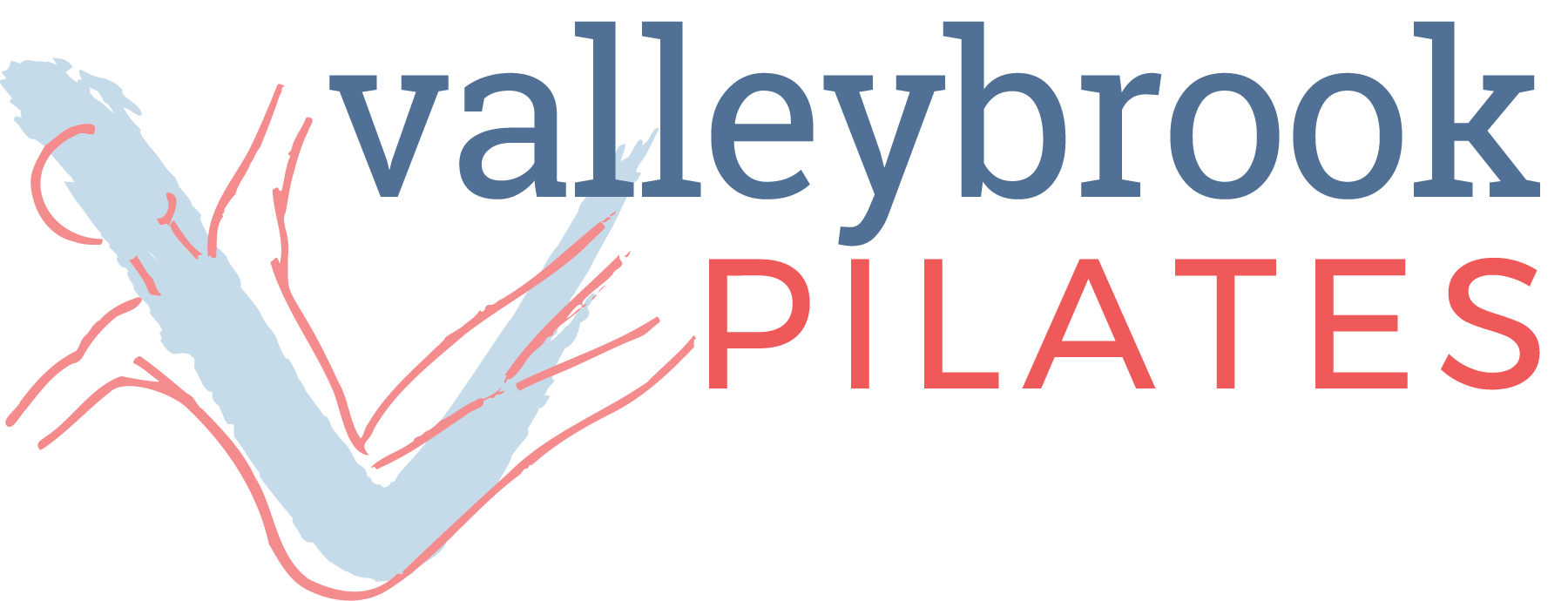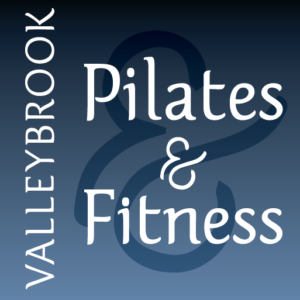History of Pilates
What is Classical Pilates?
Classical Pilates is an exercise method developed by Joseph Pilates nearly a century ago.
A brief history of Joe
From Germany, Joe grew up as a sickly child, but through hard work and determination, he became skilled in boxing, diving, skiing, and gymnastics. In 1912, he moved to England to pursue a career in boxing and found employment there as a circus performer. By 1914 he had become a performer as a Roman Gladiator and went on tour with his brother, Frederick Pilates.
In 1914, after WWI broke out, he was interned along with other German nationals in a “camp” for enemy aliens in Lancaster. There he taught wrestling and self-defense, boasting that his students would emerge stronger than they were before the war. It was here that he began refining and teaching his series of mat exercises that he later called “Contrology.”
He was subsequently transferred to another camp on The Isle of Man where his interests in health led him to help out in the sickbay. Acting as a nursing aid he worked with many people suffering from illness and incarceration and began to help them in the infirmary with exercise. As most patients were confined to bed rest, Joe devised a system by rigging bed springs to the bedposts, and the prototype for “Trap Table”, later known as “The Cadillac”, was born.
When the 1918 flu epidemic swept the world and killed millions, Joe was boastful that none of his patients succumbed. Following the war, Joseph moved to New York City where he and his wife Clara opened up a studio. They began by training men only, but soon were persuaded to also work with women, specifically members of the New York City Ballet. Over the decades, until his death in 1967, his method survived and it has improved over time, but still maintains the original ideals and principals created by Joseph.
Pilates Today
- Teaches Pilates in its original form, with minor changes that reflect the advancement of scientific understanding of the human body. Systematic, sequential order of exercises that focus on flow, which develops endurance and stamina.
- Exercises are taught with a unique and dynamic rhythm and progression occurs as mastery of the exercises can be done with control and precision.
- Pilates is ideally taught in private lessons, or in classes with very small groups. The instructors teach by verbal cues and instruction only, never by doing the class with the students.
- Teachers must complete a rigorous training program consisting of at least 600 hours of classwork, observation, and personal practice to become Comprehensively Certified. Continuing education is required to maintain certification.
The 6 Principles of Pilates
Concentration – Bringing your attention to each exercise and doing it with full commitment so that maximum value can be obtained from each movement.
Control – Doing every Pilates exercise with complete muscular control while keeping your entire body engaged from head to toe.
Precision– Maintaining awareness that there is placement and alignment for each body part through the trajectory of every movement.
Breath – Always using full breath to pump air in and out of your body. Coordinating your breathing is an integral part of most Pilates exercises.
Flow – Continuous movement through each exercise with fluidity and grace without wasted or unintentional placement of your body. Transitioning smoothly from one exercise to the next will build stamina and endurance.



Excellent post!